The Phantom of the Peaks

High in the Himalayas, where oxygen is thin and temperatures drop to bone-chilling extremes, a legendary predator moves like a whisper through the snow. The snow leopard, often called the “ghost cat,” has mastered the art of invisibility in one of Earth’s most unforgiving environments. These magnificent felines can survive at altitudes that would leave most humans gasping for air.
With their thick, smoky-gray coats dotted with dark rosettes, snow leopards blend seamlessly into the rocky terrain. Their massive paws act like natural snowshoes, distributing their weight across treacherous surfaces. When they move, it’s with such grace and silence that even experienced mountaineers rarely spot them in the wild.
Eyes Like Pale Green Ice
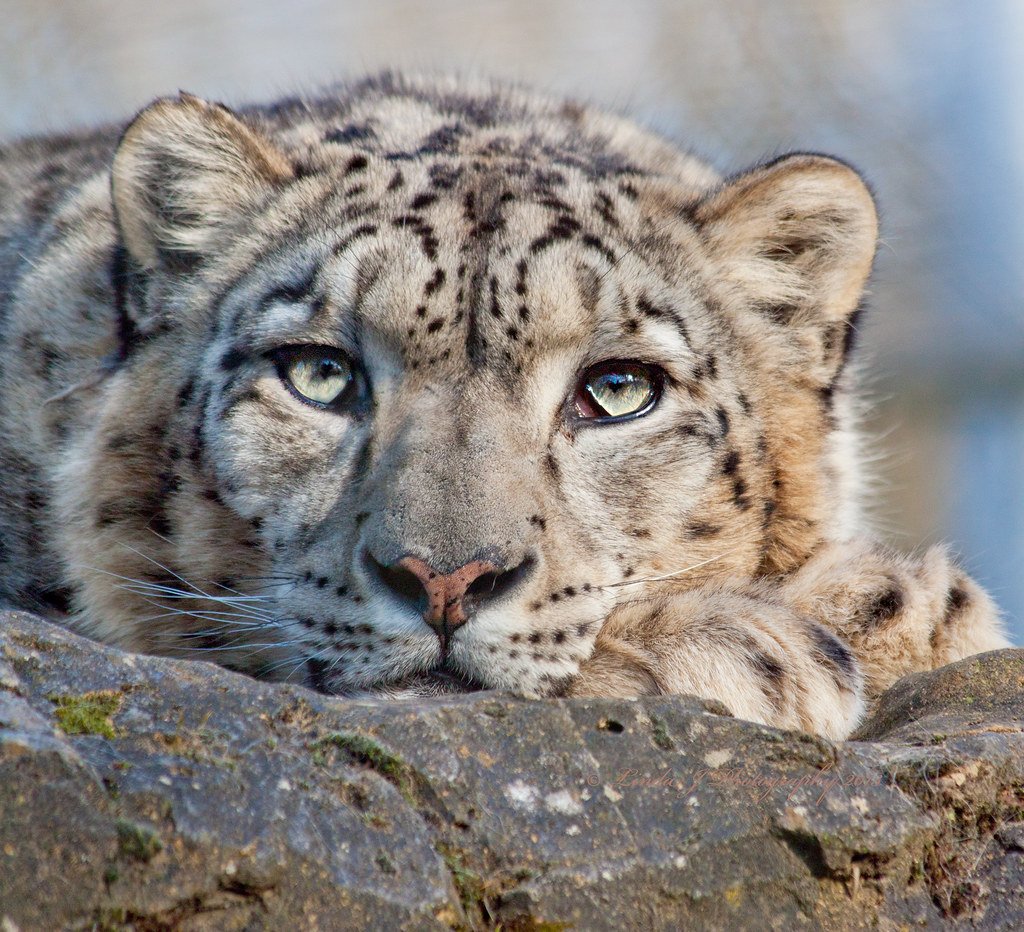
The piercing gaze of a snow leopard is unlike any other big cat. Their pale green or gray eyes seem to hold the secrets of the mountain spirits themselves. These eyes are perfectly adapted for scanning vast distances across snow-covered slopes, spotting prey that might be miles away.
What makes their stare so haunting is the intelligence behind it. Snow leopards are incredibly strategic hunters, often spending hours observing their target before making a move. Their eyes reflect not just light, but the wisdom of a predator that has learned to survive where few others can.
The Tail That Defies Gravity
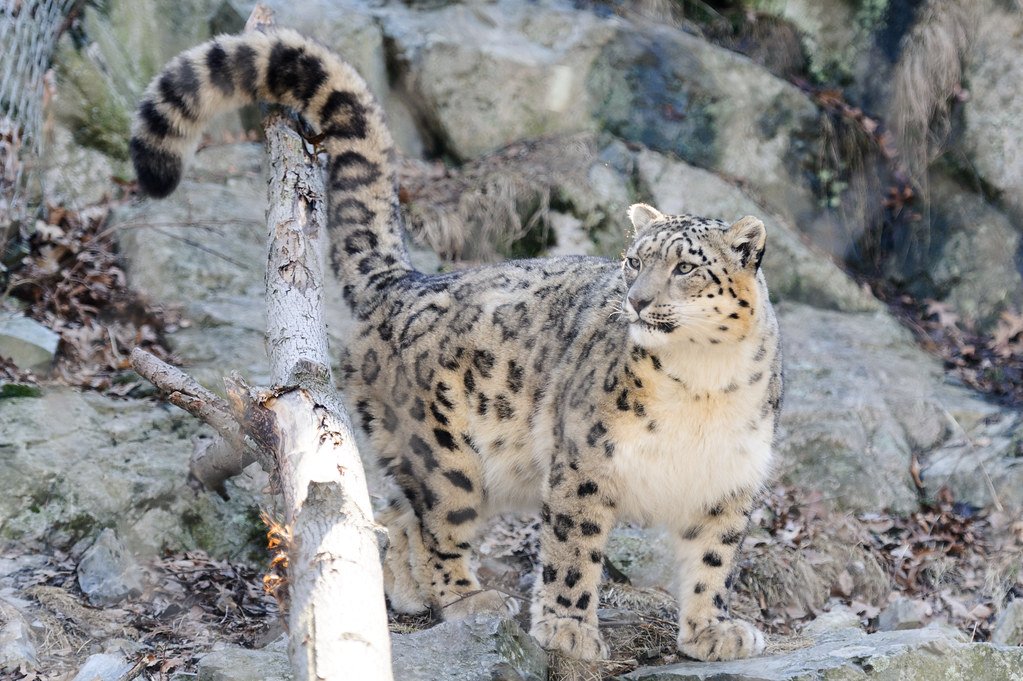
Perhaps no feature of the snow leopard is more remarkable than its magnificent tail. Measuring up to four feet long and covered in thick fur, this appendage serves multiple life-saving purposes. It acts as a balance beam when navigating narrow cliff edges, a rudder during incredible leaps, and even a warm blanket wrapped around the face during brutal mountain storms.
Watching a snow leopard use its tail is like witnessing a master acrobat at work. The tail moves independently, constantly adjusting to maintain perfect balance on surfaces that would terrify most creatures. It’s this evolutionary masterpiece that allows them to hunt successfully on near-vertical terrain.
The Impossible Leap
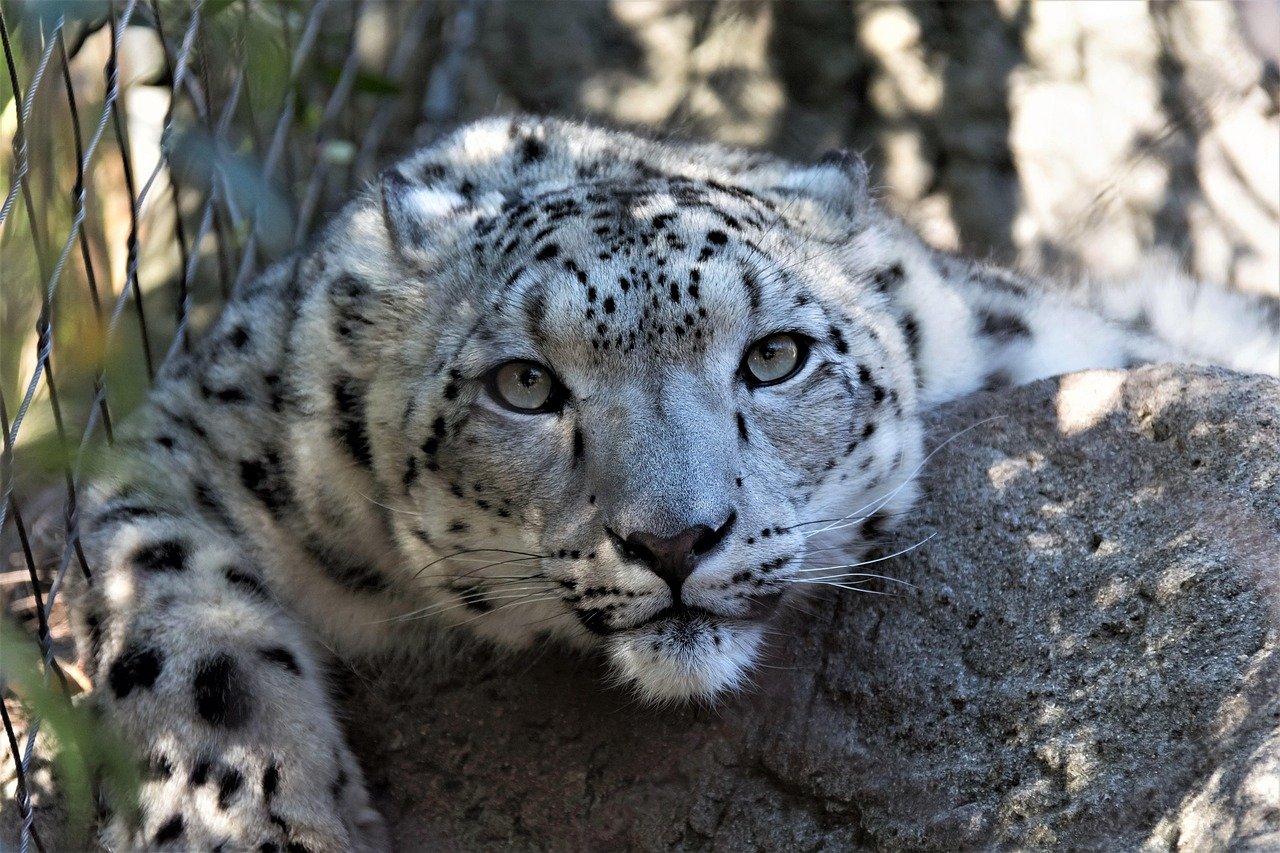
Snow leopards possess perhaps the most impressive jumping ability in the animal kingdom. They can leap horizontally up to 50 feet in a single bound, covering distances that seem to defy physics. This incredible ability allows them to ambush prey across seemingly impossible gaps in the rocky terrain.
Their powerful hind legs act like coiled springs, storing energy before releasing it in explosive bursts. When a snow leopard launches itself across a chasm, it becomes a blur of gray and white, appearing to fly rather than jump. This hunting technique is so effective that their prey often has no time to react.
Silent Roar of the Mountains
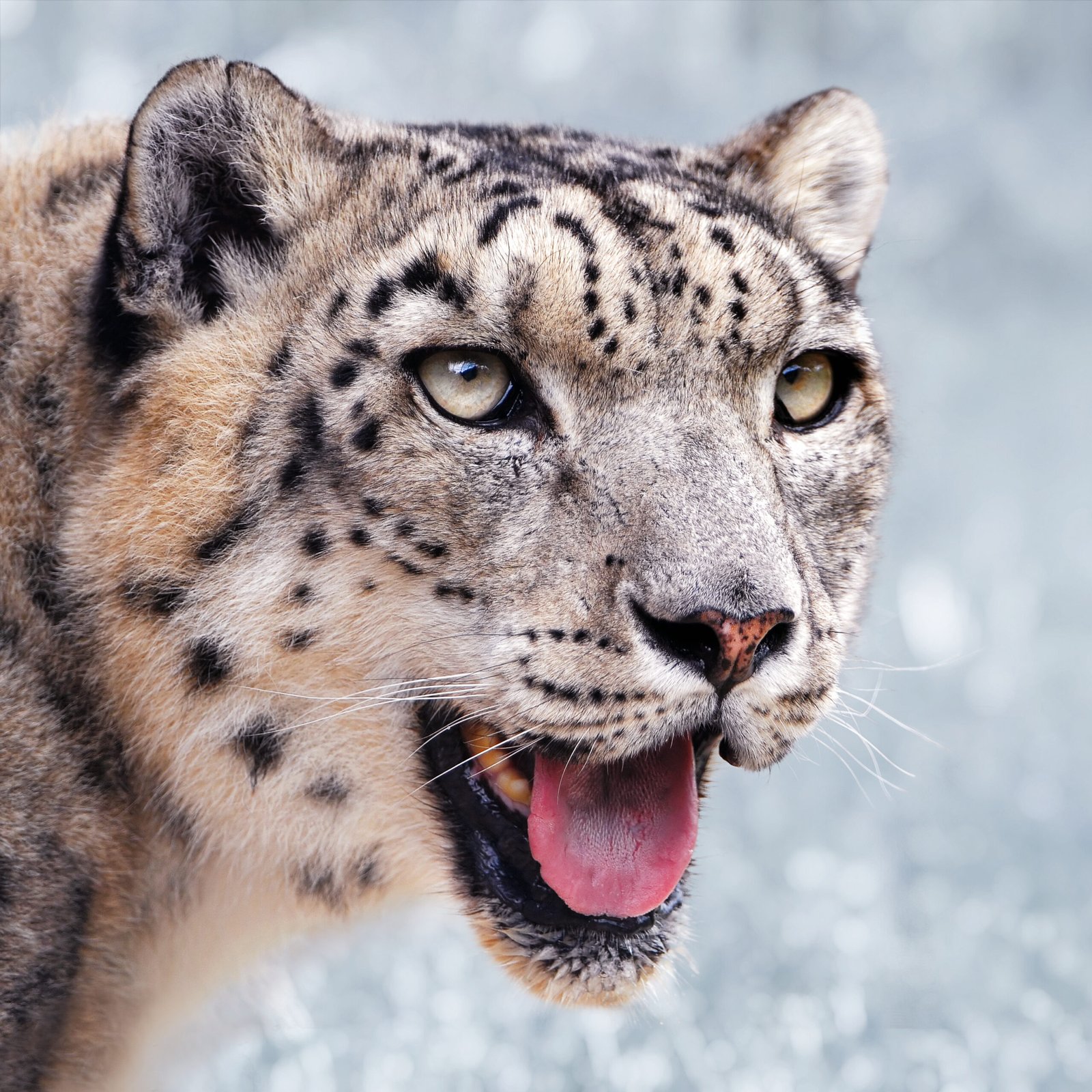
Unlike their big cat cousins, snow leopards cannot roar. Instead, they communicate through a variety of other vocalizations including chuffs, growls, hisses, and mews. Their most distinctive sound is a piercing yowl that echoes across mountain valleys, a haunting call that can be heard for miles.
This inability to roar is due to differences in their throat structure, but it doesn’t make them any less formidable. Their vocalizations are perfectly suited to their environment, carrying across vast distances to communicate with potential mates or warn off rivals. The silence of their hunting style more than compensates for their lack of a traditional roar.
Hunting in the Death Zone

Snow leopards regularly hunt at altitudes above 15,000 feet, in what mountaineers call the “death zone.” At these heights, the air contains less than half the oxygen found at sea level, yet these cats move with ease. Their enlarged lungs and efficient circulatory system allow them to remain active where other predators would quickly succumb to altitude sickness.
Their primary prey, blue sheep and ibex, are equally adapted to high-altitude living. This creates a deadly game of cat and mouse played out on some of the world’s most dangerous terrain. Snow leopards must be patient hunters, sometimes stalking their prey for days before finding the perfect opportunity to strike.
The Solitary Kingdom

Snow leopards are among the most solitary of all big cats, with individuals maintaining territories that can span up to 12 square miles. These vast ranges are necessary because prey is scarce in their harsh mountain environment. A single snow leopard might encounter another of its kind only during brief mating seasons.
Their territorial boundaries are marked with scent posts and scratch marks on prominent rocks. These invisible highways crisscross the mountains, allowing snow leopards to avoid each other while still maintaining genetic diversity within the population. The solitude they embrace is both their strength and their vulnerability.
Winter Survival Mastery
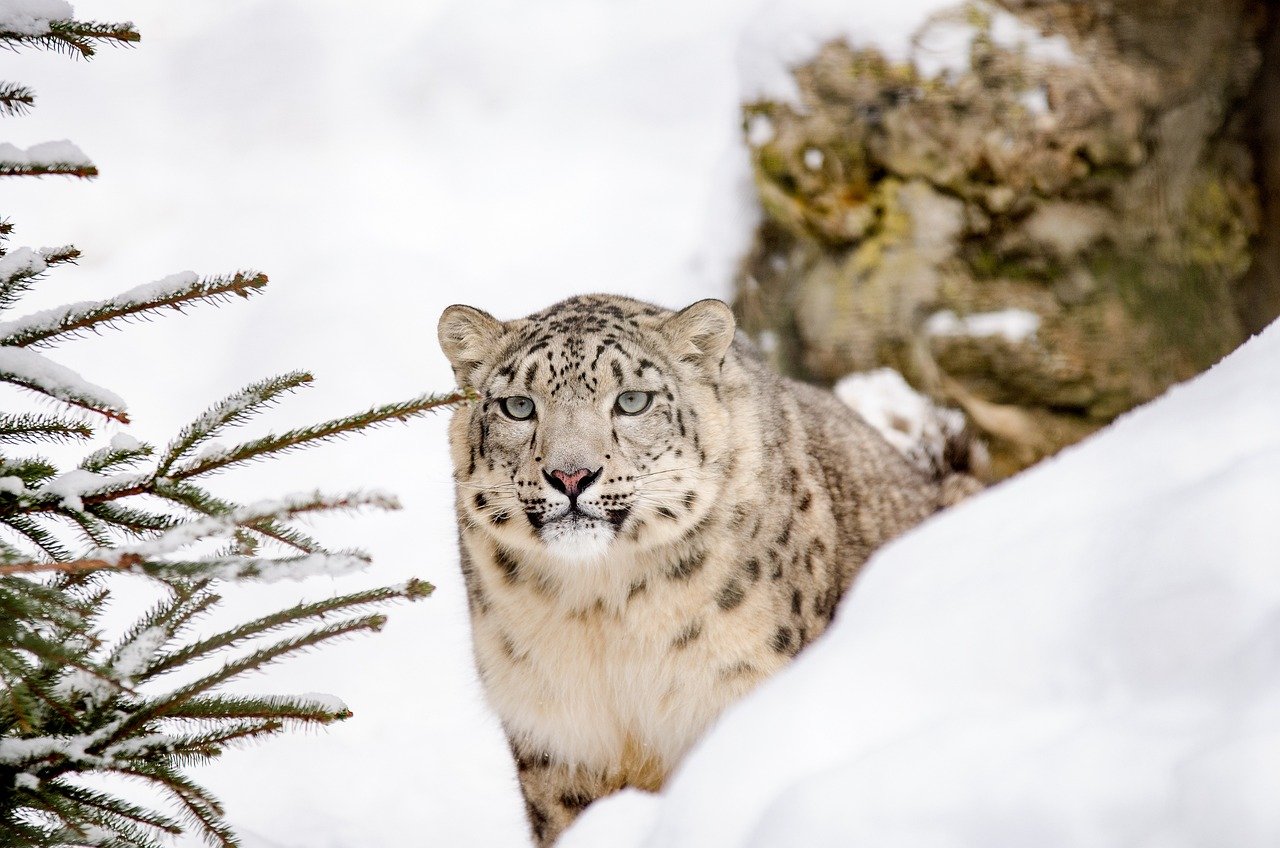
When winter temperatures plummet to -40°F, snow leopards demonstrate incredible adaptations for survival. Their fur grows thicker and longer, creating a natural down jacket that traps warm air close to their skin. Even their paws are covered in fur, providing insulation against the frozen ground.
During blizzards, snow leopards can remain motionless for hours, their breathing slowed to conserve energy. They’ve been observed surviving weeks without food, their bodies efficiently burning stored fat reserves. This ability to endure extreme conditions makes them true masters of mountain survival.
The Mother’s Fierce Protection
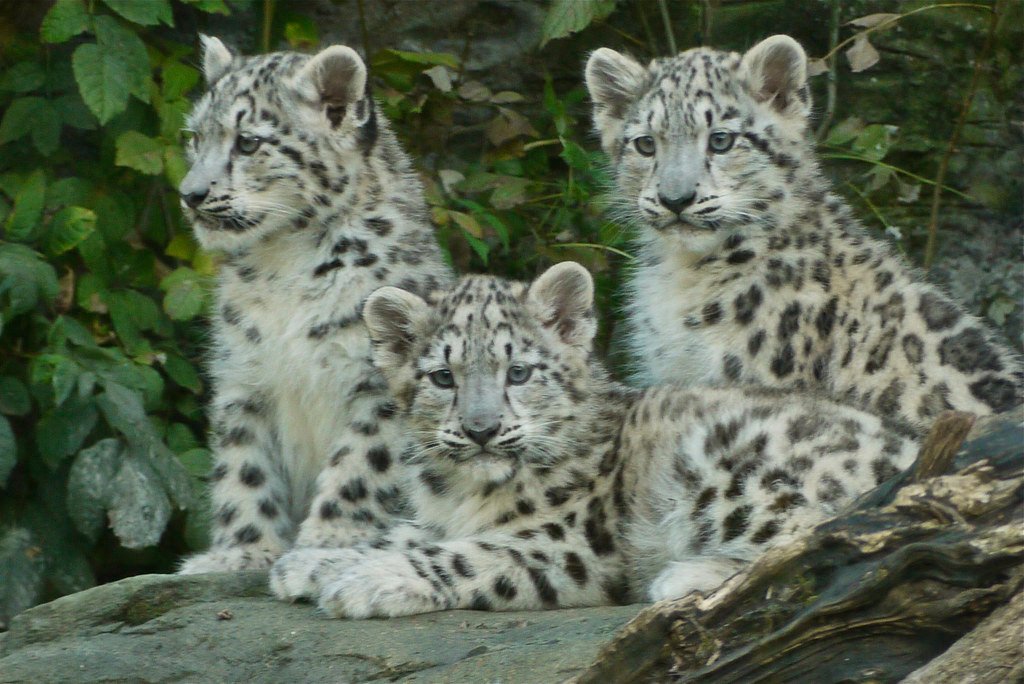
Female snow leopards are among the most protective mothers in the animal kingdom. They give birth to 1-3 cubs in rocky dens, often located in nearly inaccessible cliff faces. For the first few months, the mother rarely leaves her cubs, surviving on stored body fat while nursing them.
When the cubs are old enough to venture out, the mother teaches them essential survival skills through play and hunting practice. She’ll share her kills with them for up to 18 months, one of the longest dependency periods among big cats. This extended care is crucial for survival in such a challenging environment.
Camouflage Perfection
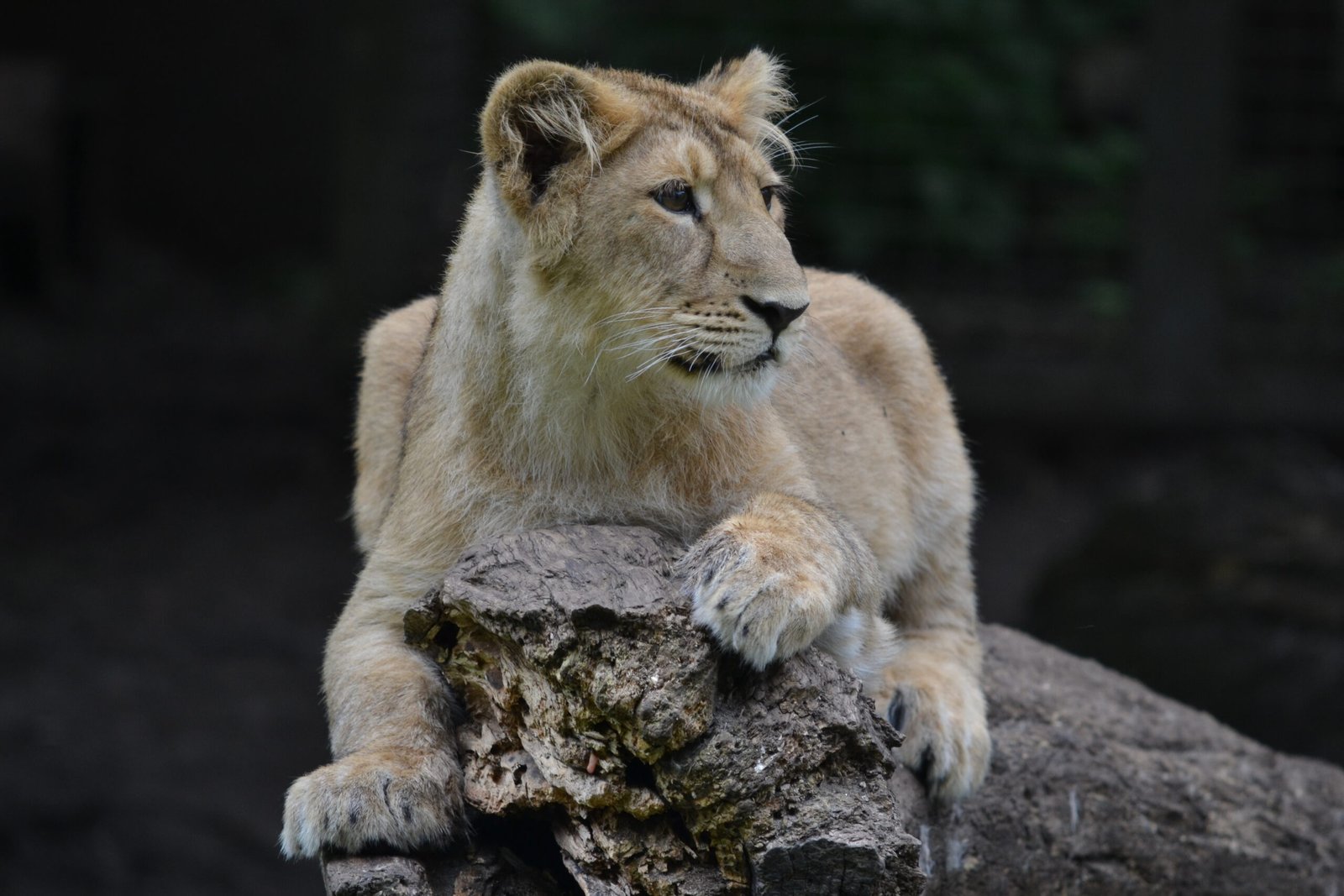
The snow leopard’s coat is a masterpiece of natural camouflage. The base color ranges from pale gray to cream, perfectly matching the rocky outcrops and snow-covered slopes of their habitat. The dark rosettes and spots break up their outline, making them nearly invisible against the complex patterns of mountain terrain.
Even their belly fur is long and dense, providing insulation when they lie on frozen ground while stalking prey. This camouflage is so effective that researchers often use camera traps to study them, as direct observation is extremely difficult. They truly are the ghosts of the mountains.
The Vanishing Spirits
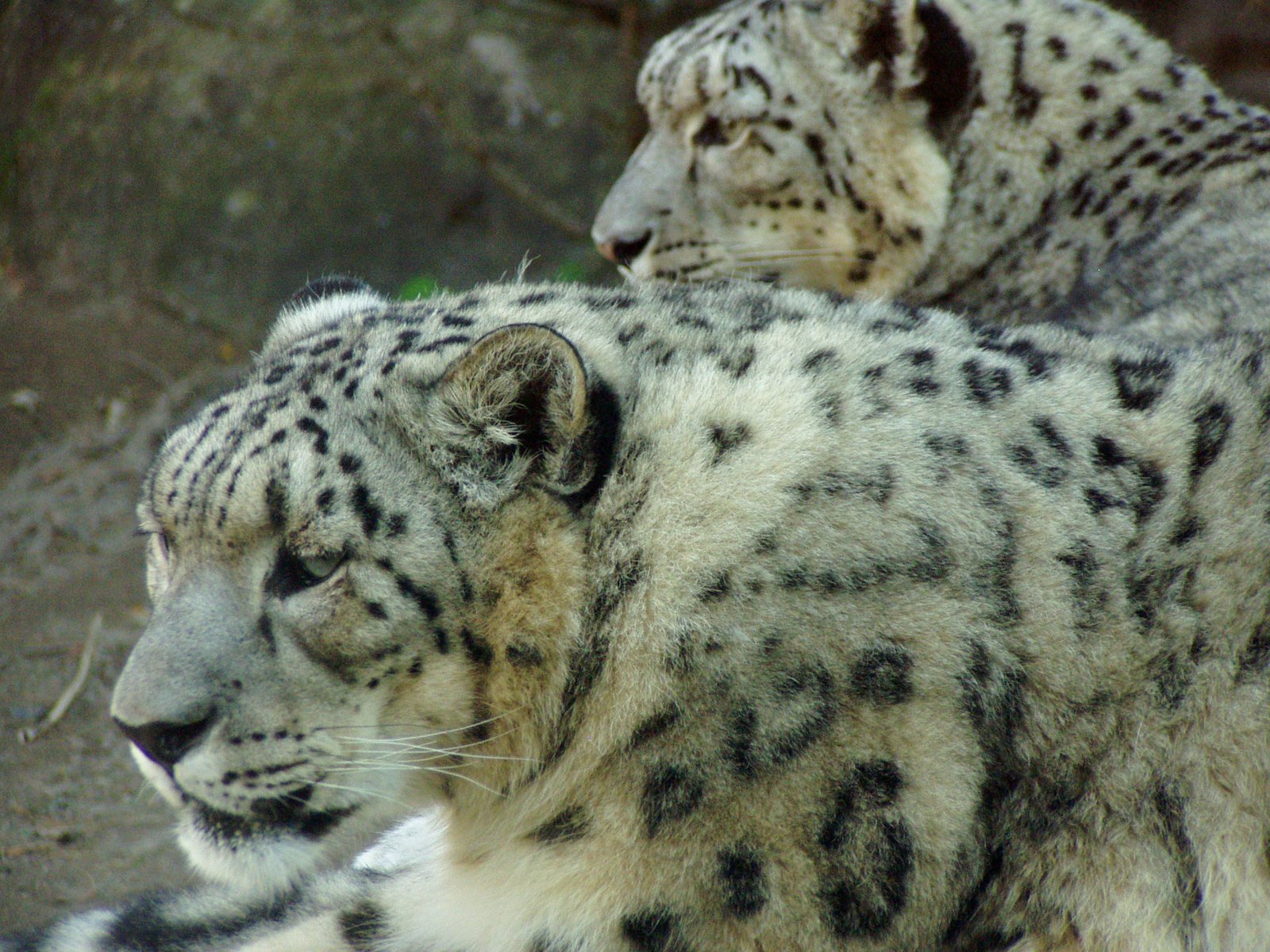
Today, fewer than 4,000 snow leopards remain in the wild, scattered across 12 countries in Central and South Asia. Climate change is shrinking their habitat as warming temperatures push the tree line higher up the mountains. Human encroachment and retaliatory killing by herders protecting their livestock further threaten these magnificent cats.
Conservation efforts are underway, but the remote nature of their habitat makes protection challenging. Local communities are being educated about the importance of snow leopards to the ecosystem, while compensation programs help reduce human-wildlife conflict. The survival of these ghost cats depends on our ability to protect the world’s most remote and pristine mountain environments.
Ancient Legends Come Alive
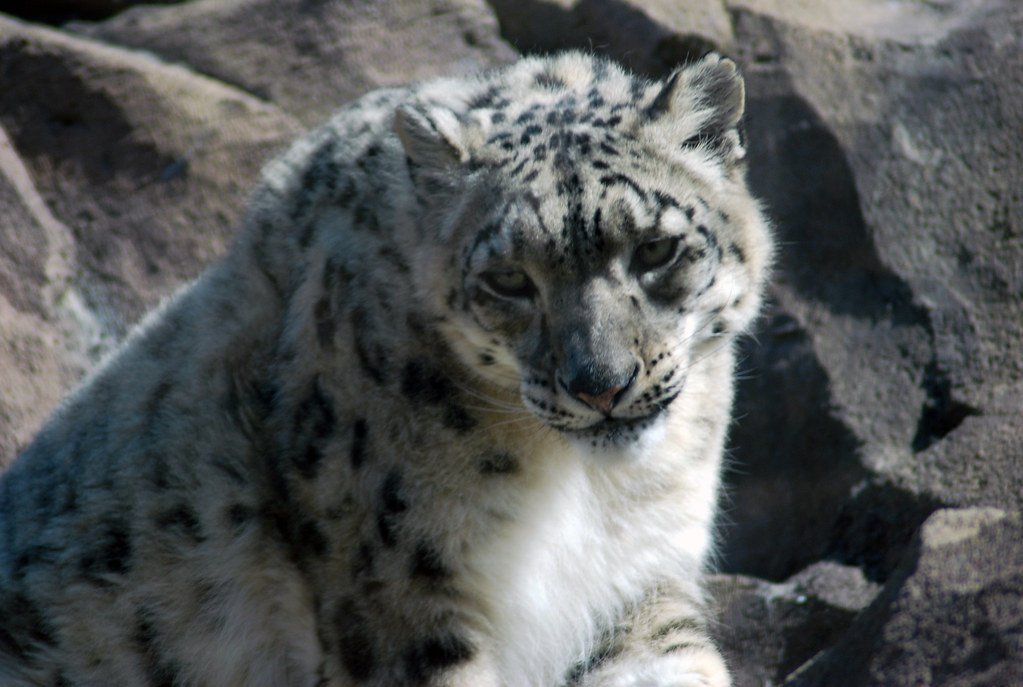
In the folklore of mountain peoples, snow leopards are often seen as spiritual guardians of the peaks. Tibetan and Mongolian cultures have long revered these cats as symbols of power and mystery. Some legends speak of snow leopards as the earthly form of mountain spirits, appearing and disappearing at will.
These cultural beliefs have historically provided some protection for snow leopards, as many local communities considered killing one to bring bad luck. Modern conservation efforts are working to revive and strengthen these traditional values, recognizing that cultural protection can be as important as legal protection.
The Future of the Ghost Cat

As climate change accelerates and human populations expand into remote mountain regions, the future of snow leopards hangs in the balance. These remarkable cats have survived ice ages and countless environmental challenges, but they now face threats that evolution couldn’t prepare them for.
Research continues to reveal new insights into their behavior and ecology, helping conservationists develop better protection strategies. Advanced camera technology and GPS collars are providing unprecedented glimpses into their secret lives. The ghost cats that once lived purely in legend are slowly revealing their mysteries to science.
Every photograph captured and every individual tracked brings us closer to understanding these magnificent predators. Their survival story is still being written, and whether future generations will witness the silent grace of snow leopards in the wild depends on the choices we make today. Will these mountain spirits continue to haunt the peaks with their ethereal presence?
Hi, I’m Bola, a passionate writer and creative strategist with a knack for crafting compelling content that educates, inspires, and connects. Over the years, I’ve honed my skills across various writing fields, including content creation, copywriting, online course development, and video scriptwriting.
When I’m not at my desk, you’ll find me exploring new ideas, reading books, or brainstorming creative ways to solve challenges. I believe that words have the power to transform, and I’m here to help you leverage that power for success.
Thanks for stopping by, Keep coming to this website to checkout new articles form me. You’d always love it!






